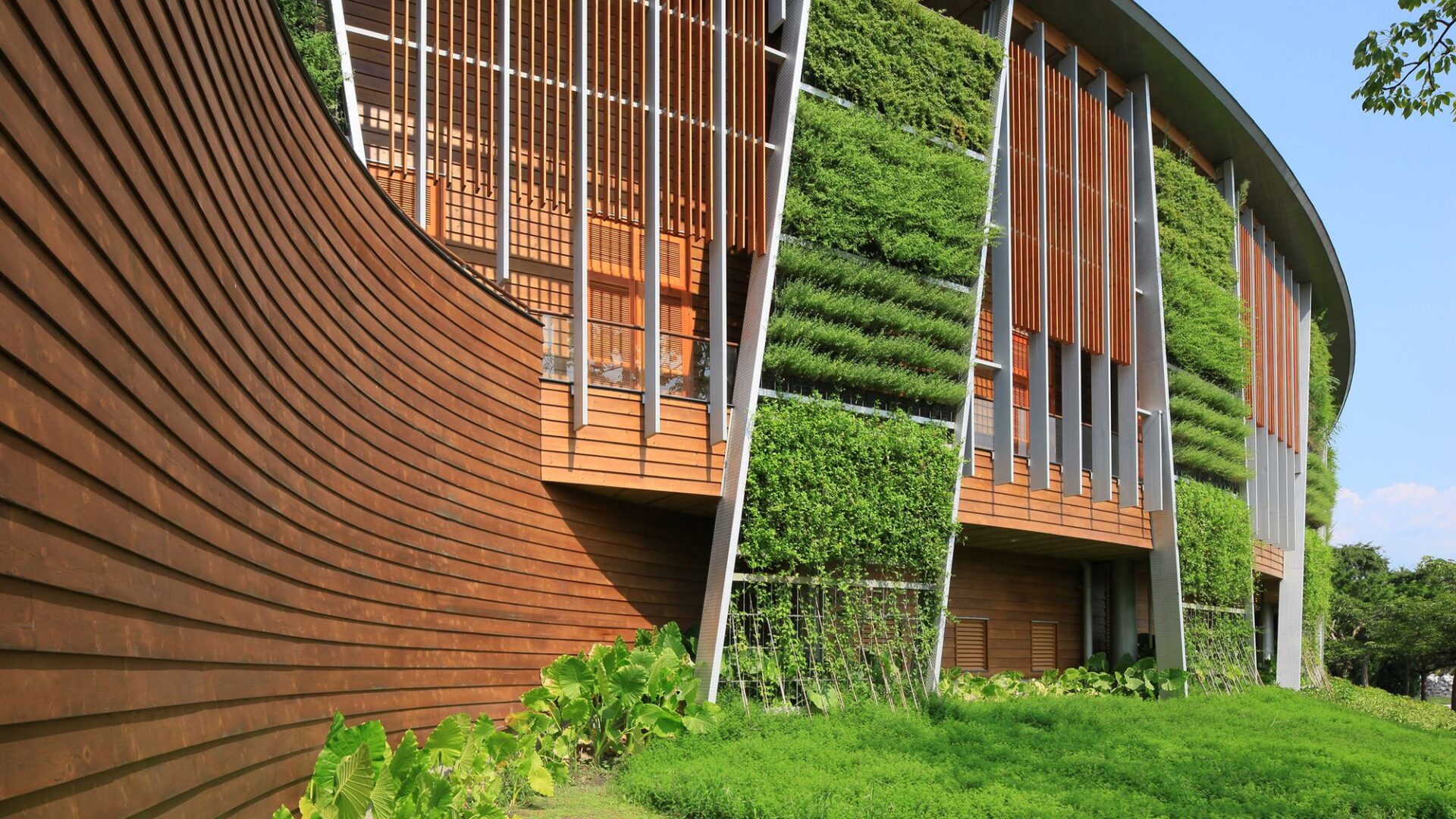In the face of environmental challenges, sustainable architecture is emerging as a powerful solution to reduce the environmental impact of buildings. Technology plays a pivotal role in this paradigm shift, offering innovative solutions that prioritize energy efficiency, conservation of resources, and minimal ecological footprint. This article explores the transformative impact of technology on sustainable architecture, showcasing green building solutions that redefine the way we design and construct our built environment.
- Energy-Efficient Building Envelopes
The building envelope, including walls, roofs, and windows, plays a critical role in energy efficiency. Technological advancements in materials and design have led to the development of energy-efficient building envelopes. High-performance insulation, smart windows that adjust transparency based on sunlight, and advanced glazing technologies contribute to minimizing heat loss or gain, reducing the need for excessive heating or cooling.
- Solar Panels and Photovoltaic Systems
Solar energy is harnessed through photovoltaic systems and integrated solar panels, transforming buildings into energy-generating structures. Advancements in solar technology have increased efficiency and reduced costs, making solar power an accessible and sustainable energy source for buildings. Solar panels on rooftops and facades generate clean, renewable energy, reducing reliance on traditional power sources and lowering carbon emissions.
- Smart Building Management Systems
Smart building management systems leverage technology to optimize energy usage and enhance occupant comfort. IoT (Internet of Things) sensors, connected thermostats, and automated lighting systems contribute to intelligent building control. These systems analyze real-time data to adjust heating, cooling, and lighting based on occupancy and external conditions, maximizing energy efficiency and reducing operational costs.
- Green Roof and Vertical Gardens
Green roofs and vertical gardens are eco-friendly solutions that integrate nature into architectural design. Green roofs provide insulation, reduce stormwater runoff, and create habitats for biodiversity. Vertical gardens, or green walls, improve air quality, offer thermal benefits, and contribute to the aesthetics of the building. Both technologies enhance sustainability by promoting biodiversity and mitigating the urban heat island effect.
- Sustainable Building Materials
Innovative sustainable materials are reshaping the construction industry. From recycled steel and reclaimed wood to engineered wood products and eco-friendly concrete alternatives, architects have a wide array of environmentally responsible materials to choose from. These materials reduce the environmental impact of construction, promote circular economy practices, and contribute to the overall sustainability of buildings.
- Advanced HVAC Systems
Heating, ventilation, and air conditioning (HVAC) systems are integral to building comfort and energy efficiency. Advanced HVAC technologies, such as geothermal heating and cooling, radiant heating, and energy recovery ventilation, optimize thermal comfort while minimizing energy consumption. These systems harness natural energy sources and enhance overall building performance.
- Water Conservation Technologies
Water conservation is a crucial aspect of sustainable architecture. Technologies like low-flow fixtures, rainwater harvesting systems, and greywater recycling contribute to efficient water usage. Smart irrigation systems that adjust based on weather conditions further minimize water wastage. These solutions promote water sustainability, reduce strain on local water resources, and align with green building principles.
- Building-integrated Wind Turbines
In certain urban environments, building-integrated wind turbines harness wind energy to generate electricity. Integrated into the architectural design, these small-scale wind turbines contribute to on-site renewable energy production. While not universally applicable, they represent a localized and sustainable energy solution, particularly in areas with favorable wind conditions.
- Design Strategies
Passive design strategies leverage the natural elements to optimize energy performance. Techniques such as orienting buildings to maximize natural daylight, utilizing natural ventilation, and incorporating thermal mass into construction contribute to passive design. These strategies reduce the reliance on mechanical systems, resulting in energy savings and creating comfortable, sustainable living and working spaces.
- Life Cycle Assessment Tools
Life cycle assessment (LCA) tools enable architects and designers to evaluate the environmental impact of building materials and construction processes. These tools analyze the entire life cycle of a building, from raw material extraction to construction, occupancy, and demolition. By providing insights into the environmental footprint, LCAs guide decision-making toward more sustainable choices throughout the building’s lifecycle.
- Conclusion
Technology is reshaping the landscape of architecture, ushering in an era where sustainability is not just a goal but a fundamental principle. Green building solutions powered by technology are driving the construction industry towards a more environmentally conscious future. From energy-efficient envelopes to renewable energy generation and smart building management, these innovations showcase the potential for buildings to be both functional and environmentally responsible. As technology continues to advance, the integration of sustainable practices into architectural design will play a crucial role in creating a built environment that harmonizes with the natural world.
